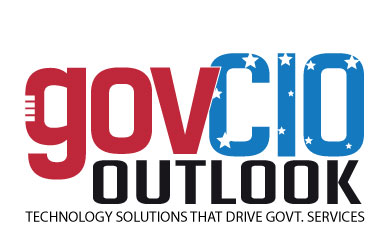Welcome back to this new edition of Gov CIO Outlook !!!✖
November - 201819GOVERNMENT CIO OUTLOOKto lead the charge in such a disruptive technology environment. It will take a new and radical way of thinking to bust the curve. Long procurement and development cycles, based on capital bond programs need to be challenged. Everything can be obtained `as a service' and a portfolio of agile services will be the new normal.For me, it's all about creating an environment of relevancy within the organization while meeting innovation demand by the following:Create a level of truth through visibility--exposing data that is hidden in opaque systems and infrastructure (think Smart City initiatives here). Create the ability to bring information to light from our environment. Sensor-based networks (energy, traffic, parking, air, and water) can create an environment where the living and breathing infrastructure ecosystem is monitored and responded to in a real-time manner. Through visibility, we can create intelligence to optimize resources and plan for the future. Be the customer. User Experience (UX) immersion will tell you how well we are providing government services and capabilities to citizens. Are they being provided when and where we need them in a seamless and convenient way, think mobility and a frictionless experience. How well do make it easy for a citizen to interact with us?This CIO is not languishing in trying to maintain status quo and it's not through incremental changes that we will create this new, agile environment. We must engage with the future on its terms, creative thinking and financing models need to be established to procure an `as-a-service' portfolio of services and capabilities. We must get rid of the notion that `supporting or being in alignment' with the business is good enough. Today, technology and innovation `is' the business.In a way, we are to become solution brokers and be keen at understanding emerging technologies, but only as it relates to providing government services better and in an optimized, predictable format.It is no longer enough to be adept at governance, data quality, and analytics. We must prepare the infrastructure for connected autonomous vehicles, blockchain, and augmented/virtual reality. So we need fiber deep into neighborhoods, advanced wireless networks (small cells/5G), sensor-based networks, video analytics, and an array of technologies to support the concept of `everything is producing data and being connected'. To be clear, it will always come back to, `what problem are we trying to solve'. The technology and intelligence derived can only be as good as how it improves our quality of life, so let's start with, `what problem are we trying to solve' question.There is no better time to be alive and reap the benefits that artificial intelligence and robotics will add to our lives, as it's all about being smarter and living well. It's our job to provide the conditions of innovation. Provide the context for what is possible. To move to this new paradigm, CIOs must recognize they will no longer be in total control and cannot be the protector of their domain any longer. The domain is everything now, it's in every device, and inanimate objects now have data and intelligence to be exploited. For me, it's about running with the right people that are smarter and bring different ideas; my tribe has to be diverse with different models of thinking. If we all think alike, then we are not exploring all of the `what ifs' that are possible. We need to become skilled at relationship building and be a technology sponge, such that we can be that consultative, must-have, relevant, strategy builder that our organization needs. It's all about creating an environment of relevancy within the organization while meeting innovation demandPeter Ambs
< Page 9 | Page 11 >
< Page 9 | Page 11 >
